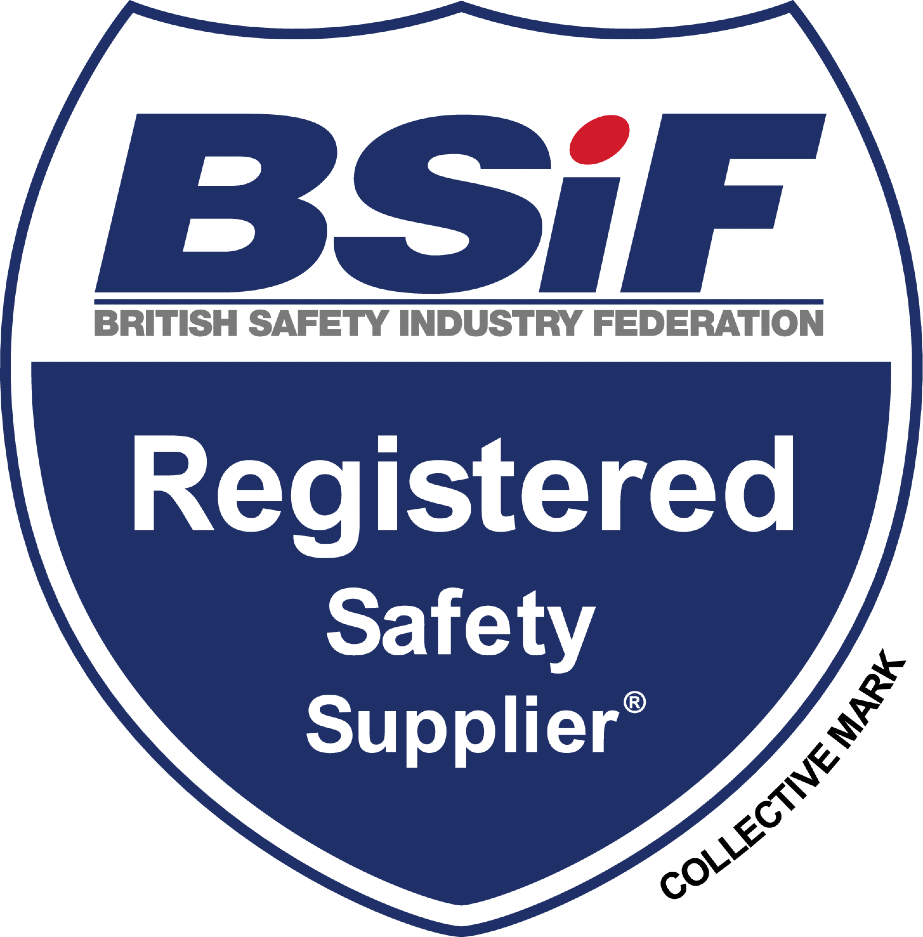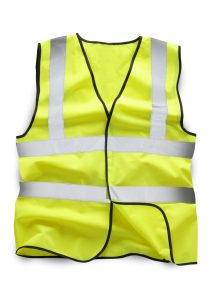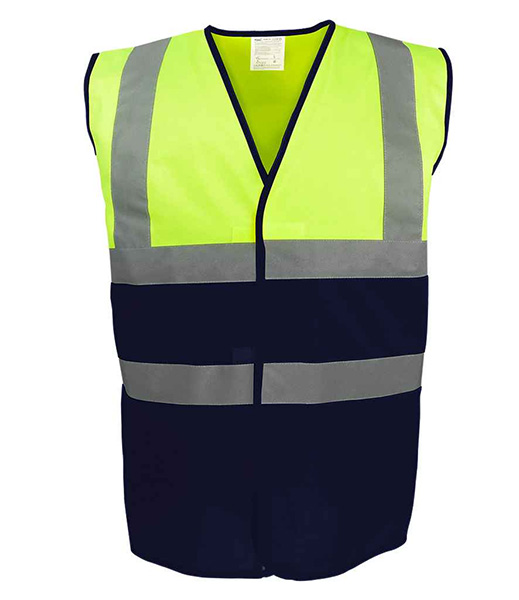How to Pick Hi Vis Vests for Your Workforce
Hi vis is necessary to keep your workers safe while on site or working near vehicular traffic so they can be seen quickly and easily in a variety of light conditions. A hi vis vest is by far the most popular and adaptive safety garment you can buy.
There are quite a few considerations you'll need to make to get the best hi vis clothing for your business needs. Here are a few tips on how to make the right choices
- Page Contents
- What are the standards for Hi Vis?
- What makes a good Hi Vis vest?
- How often should I replace them?
- Should I invest in customised Hi Vis vests?
What are the Standards for Hi Vis Clothing?
Although not usually directly protective, hi vis clothing is still a form of PPE. As such, it is regulated by laws and legislation.
In 2013, the International Organisation for Standardization updated the standards to EN ISO 20471. It is important that you understand only the yellow and orange vests fully comply with this standard. It is unlikely you will need red hi vis unless you are working on a Railway line, in which case you need to know your GO/RT hi vis standards instead, and it's unlikely you'll be looking for vests.
We digress...
The standards are there for everyone's protection, so you should follow them. XAMAX® do, to the letter, hence us being a BSIF Registered Safety Supplier.
You should be looking for an icon similar to the one below. This will tell you what class the hi vis vest falls into.

The Health and Safety Executive (HSE) recommends marking Hi Vis vests in this way. The X refers to the class of conspicuity and the Y refers to the retro reflection performance.
Garments that comply with the EN 20471 are divided into three levels of protection:
Class 1 - Lowest visibility level. We should only use this in minimal risk zones, and probably not for most working environments where hi vis is mandated for safety.
Class 2 - Medium visibility level. Road workers, people working near vehicles, and public safety personnel should wear this. The garment should have two 50mm bands around the body or one band around the body and braces to both shoulders.
Class 3 - Highest visibility level. The garment needs two bands of reflective tape around the body, arms need to be long-sleeved with reflective tape on the sleeves and there should be reflective braces on both shoulders.
Picking the right class of hi vis for your work environment is important, so make sure to get it right.
What Makes a Good Hi Vis Vest?
Assuming you get the right hi vis class, a "good" hi vis vest would be anything that complies. The laws in Britain ensure that registered suppliers only provide compliant hi vis.
So the best hi vis would be what you buy from a BSiF Registered Safety Supplier such as XAMAX®. If you buy from anywhere else, you can't be sure of the specifications or quality.

That's not to say your local high-street tool supplier isn't selling compliant hi vis, but if you don't see the BSiF logo, you should double check the data-sheet before you hand over your hard earning money.
How Often Should I Replace Hi Vis Vests?
How often you replace your hi vis depends on a few factors, but it might not last as long as you would think. Every item has a recommended shelf life, but it depends on how it's used. If you're working daily in hazardous conditions, such as extreme weather or temperatures, or it gets filthy and needs washing every other day, hi vis garments probably won't last as long.
The key is to keep an eye out for these factors:
- Signs of damage - such as tears, cracks, deep scratches, gouges.
- Ill-fitting - a poorly fitted vest will not protect your workers as well as a well-fitted one and it may distract them from safely carrying out their daily tasks.
- Heavily soiled - mud, oil, grime etc
- Mottling of the reflective tape - over-washing will damage the glass beads in the tape making it not as reflective as it was.
- Faded Colour - over-washing reduces the fluorescence of the fabric making it not as highly visible as it once was
Keep this in mind: When they no longer work to keep you safe, it is time to replace your hi vis.
Should I Invest in Customised Hi Vis Vests?
All hi vis tends to look the same, especially at distance, which can be a problem on sites where there is a mix of businesses working together. If your employees are wearing vests branded with your logo, you are distinguishing your team from those of other companies.
More than that, branding your hi vis vests with your logo will embed your business into the subconscious of potential customers. See it as a form of company branding. You never know, your next customer could be watching.
It doesn't just strengthen your company image either, it strengthens your team's bond by creating a sense of unity in much the same way a uniform would. Your employees will feel more aligned with company goals and values and more motivated.
XAMAX®: Your Trusted Supplier for Hi Vis Vests
XAMAX® provide a comprehensive selection of hi vis vests, including standard and executive designs, to meet the needs of your workforce.
As a BSIF Registered Supplier, we ensure that all our hi vis products comply with EN ISO 20471.
Visit the XAMAX® homepage to explore our full range of workwear solutions and ensure your team stays visible and safe.
Prepare Your Outdoor Workers for Spring
Hi vis clothing is a type of Personal Protective Equipment (PPE) that helps to protect your team while they work outdoors due to its highly reflective and conspicuous nature. In Britain when we have low light levels (which is pretty much 3/4 of the year) they come into their own as a warning that people are close by.









